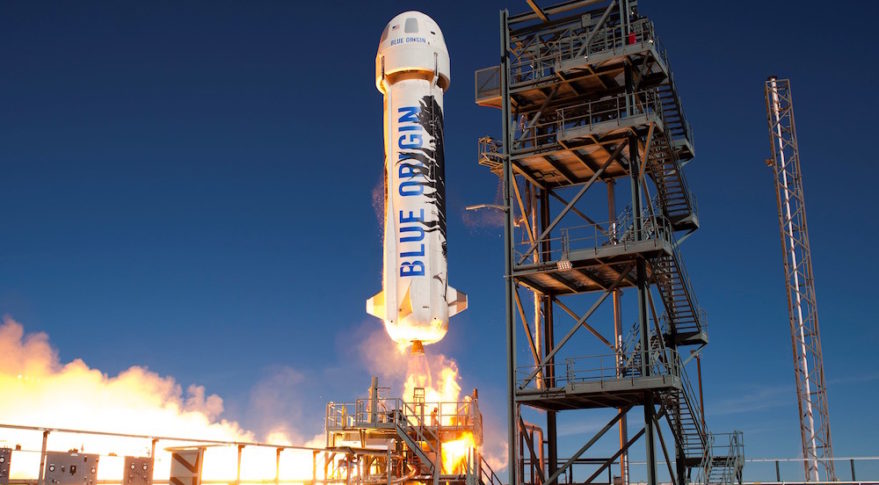NASA Chief Supports Increased Funding for Agency's Flight Opportunities Program
WASHINGTON — NASA Administrator Jim Bridenstine signaled his support this week for increased funding for a small agency program that funds the flights of research payloads on commercial suborbital vehicles, balloons and aircraft.
The Flight Opportunities program announced Aug. 29 the selection of 15 technology payloads that will be eligible for flights on suborbital vehicles, high-altitude balloons and parabolic aircraft flights. Such vehicle offer exposure to the space environment, including up to several minutes of microgravity, at lower costs than individual spacecraft or experiments on the International Space station.
The payloads selected in the latest Flight Opportunities call range from studies of fluid mechanics in microgravity and three-dimensional printing of metallic foams to demonstration of a small reentry capsule and radiation measurements. Seven of the payloads will fly on Blue Origin's New Shepard suborbital vehicle and five on Zero Gravity Corporation's aircraft, with the other three flying on high-altitude balloons from Near Space Corporation and World View Enterprises. [Students Send Human Spit, Baby Teeth and More to Space … for Science]

The Flight Opportunities started as a NASA effort nearly a decade ago called Commercial Reusable Suborbital Research, or CRuSR, designed to take advantage of commercial suborbital vehicles under development. The program has, over time, expanded to include commercial microgravity aircraft flights and high-altitude balloons that can provided extended access to the stratosphere.
The program has been limited in part by the delayed development of many suborbital vehicles, but also by funding of no more than $15 million a year, restricting the number of payloads it can fly.
In a briefing with reporters webcast by NASA Aug. 28 after a visit to the Armstrong Flight Research Center, where the Flight Opportunities program is based, he elaborated on those comments. "I was a big supporter of the Flight Opportunities program before I was NASA administrator," he said. He noted that, while in the House, he heard that costs of payload integration limited the number of experiments that could be flown.
"So we're working right now to increase the amount of funding that's available for payload integration," he said. "We're also supportive of a congressional agenda to increase the Flight Opportunities program to $20 million annually. If Congress is ready to pull that trigger, we're ready to support it."
Get the Space.com Newsletter
Breaking space news, the latest updates on rocket launches, skywatching events and more!
Reports accompanying the House and Senate versions of spending bills for NASA in fiscal year 2019 include $20 million for the Flight Opportunities program. NASA is spending $15 million on Flight Opportunities in fiscal year 2018, according to its operating plan for the year finalized in late July.
Bridenstine, though, didn't indicate if he supported a refocusing of the Flight Opportunities program proposed in the agency's 2019 budget request. In the request, NASA said that starting in fiscal year 2019 "NASA will prioritize Flight Opportunities to align with NASA's Exploration Campaign objectives," which cover technologies needed for future missions to the moon and Mars. The program, currently part of NASA's Space Technology Mission Directorate, would be moved to a new Exploration Research and Technology program under a proposed reorganization.
This story was provided by SpaceNews, dedicated to covering all aspects of the space industry.
Join our Space Forums to keep talking space on the latest missions, night sky and more! And if you have a news tip, correction or comment, let us know at: community@space.com.

Jeff Foust is a Senior Staff Writer at SpaceNews, a space industry news magazine and website, where he writes about space policy, commercial spaceflight and other aerospace industry topics. Jeff has a Ph.D. in planetary sciences from the Massachusetts Institute of Technology and earned a bachelor's degree in geophysics and planetary science from the California Institute of Technology. You can see Jeff's latest projects by following him on Twitter.










